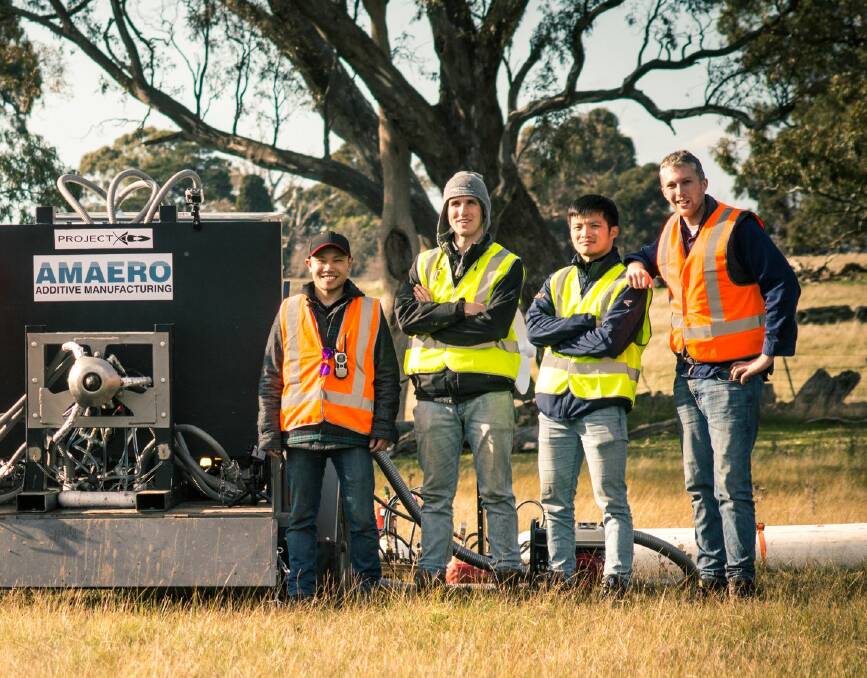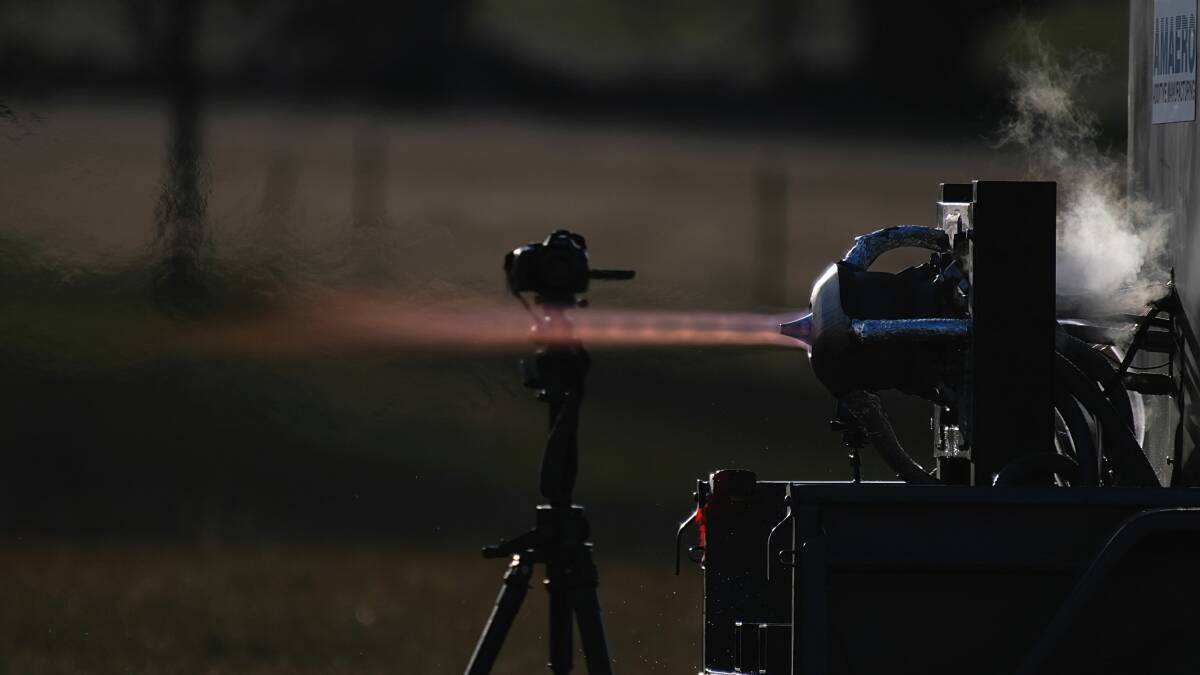A former Warrnmabool man was part of a team of Monash University engineers that recently created the world’s first 3D printed rocket engine and successfully test-fired it.
Subscribe now for unlimited access.
$0/
(min cost $0)
or signup to continue reading

Marten Jurg, who was educated at Kings College, helped create the rocket engine with a revolutionary “aerospike” design that inverted the structure of traditional rocket engines.
Mr Jurg, a PhD student at Monash, said the engine’s unique aerospike design was a big change from traditional bell-shaped rockets, as seen on the Space Shuttle.
Bell-shaped rockets work at peak efficiency at ground level but their thrust is reduced as they climb and the flames spread out.
Mr Jurg said the aerospike design was more efficient.

Its design works by firing the gases along a spike and using atmospheric pressure to create a virtual bell.
The shape of the spike allows the engine to maintain high efficiency over a wider range of altitude and air pressures. It’s a much more complex design but is difficult to build using traditional technology.
Mr Jurg said using 3D printing had allowed the team to create complex designs, print them, test them, tweak them, and reprint them in days instead of months.
Mr Jurg is also an engineer with Amaero, an aerospace startup that was born out of a Monash initiative in 2015, that developed the new engine in conjunction with the CSIRO and Deakin University and support from Monash’s Woodside Innovation Centre.
“Going from concept to testing in just four months is an amazing achievement,” the head of Monash’s Material Science and Engineering Department, Professor Nick Birbilis said.
The Monash researchers have now formed a new startup called NextAero, which will aim to bring the research and achievements to the international aerospace industry.
NextAero project leader,Graham Bell said designing for the use of 3D printing had enabled the team to focus on features that boosted the engine’s performance, including the nozzle geometry and the embedded cooling network.
The innovative rocket engine will be presented by NextAero at the upcoming International Astronautical Congress in Adelaide from September 25-29.
Space and rockets are an abiding passion of Mr Jurg and he has launched many rockets over the years.
He did a 10-week research position at a NASA academy in America in 2015 after winning the 2014 Australian Space Prize for his work using 3D printing to make a rocket engine.
He has said King’s College teachers had fostered his interest in science, that was sparked by tinkering with things on his family’s south-west farm.

